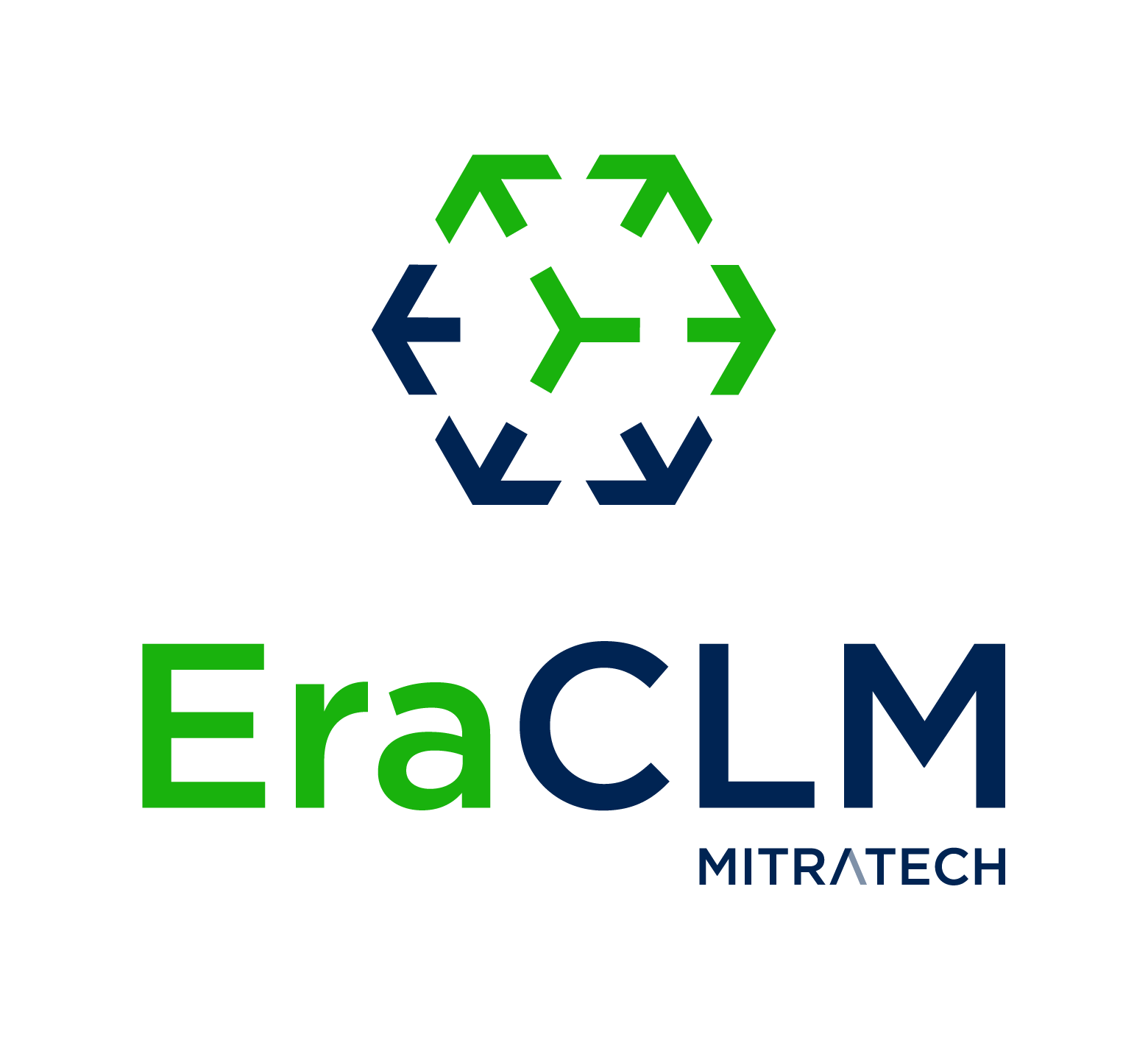5 Ways CLM Mitigates Contract Risks & Costs
As companies grow, enter more diverse markets and more diverse customer, partner, and vendor relationships, there’s an increasing potential for risks and costs related to contracts and agreements.
A Contract Lifecycle Management (CLM) system can play a potent role in mitigating the various forms of contract risk and costs involved in the agreements a Legal department has to draft or evaluate. Implementing and automating the right CLM solution across your organization will save your team’s time and reduce organizational liability, while also increasing compliance with legal requirements and best practices.
Here are a few of the specific ways a CLM solution can help avoid contract risks and unwelcome costs.
 By accelerating time-to-agreement:
By accelerating time-to-agreement:
You might not immediately think of the time it takes to complete an agreement as a risk factor. But the longer it takes to reach a satisfactory-and-signed agreement, the more chances something may arise that derails the process – and the larger the operational costs you can accrue.
With a CLM solution that leverages the most advanced available features, your legal staff can spend less time negotiating. By applying Natural Language Processing (NLP), analytics and data-derived insights, it will enable them to reach agreement faster and more frequently. That means fewer hours are expended in the contracting process.
It also means the contracts themselves deliver better financial performance. By capturing insights into obligations, entitlements, contingencies, and risks within a contract framework, you get a better understanding of the bottom-line benefits it delivers to your organization.
 By protecting revenue:
By protecting revenue:
As we said, time is money when it comes to the contracting process. That also applies to how quickly you’re able to realize revenue from a contract. How much faster can the process become with the right CLM solution? You can accelerate negotiation and execution of a contracts by as much as 75%.
To ensure all parties are hitting milestones and meeting defined obligations, a CLM should be able to track key dates and send automated notifications to everyone involved.
Another fundamental element of a revenue protection strategy? Identifying any potential risks posed by third parties who are involved in contracts. Defending against third-party risk is an increasingly important concern for everyone within an organization, and the contracting process is a logical and primary place to head off those headaches by recognizing risks before they create significant problems later on.
 By giving you greater control:
By giving you greater control:
It’s crucial for your organization’s legal department to be able to unify oversight of all contracts within a single secure hub. That way, they’re able to monitor all agreements throughout their lifecycles, from creation through review and approval, implementation and expiration.
By having “granular governance” of what’s negotiated, when, and by whom, you can avoid the kinds of issues that might happen through a lack of oversgiht. You’ll be able to centralize and control the templates and pre-approved clauses that are used, and track changes.
A CLM also provides an automated routing and approvals matrix, where you’re sure reviews and approvals are properly sequenced and conducted, so that the version that goes out for final agreement is truly final.
 By improving compliance:
By improving compliance:
Henry Paulson once said that “regulation needs to catch up with innovation” when it came to financial markets. But the reverse is also true when it comes to corporate systems for legal risk management: Companies now need innovative tools to keep up with regulatory changes.
Regulatory environments are in a constant state of flux, so it’s crucial to track any regulatory updates that may impact the contracts your enterprise may enter into. The most effective way for a modern legal department to make sure contracts comply with those changes is through CLM technology. That’s one reasons so many are turning to CLM.
A CLM solution can give you invaluable reassurance that you’re mitigating regulatory risk and improving compliance with the contractual expectations and obligations that are part of the negotiation process.
 By encouraging collaboration:
By encouraging collaboration:
With a CLM software solution, you can supply non-legal internal users and third parties who may have an important part to play in the development of agreements with a (managed!) role in contract reviews. So everyone involved ends up satisfied and rewarded by the final agreement, avoiding friction and the need to revise the document later on. If the solution you’re using has an intuitive UX/UI that functions in real-time, contract changes can be suggested or completed by stakeholders even when spread across multiple regions.
Moreover, this can be set up so only specified users are able to review the contract at certain points in the drafting stage. So they’re able to contribute only at the designated points where their expertise and approval will add iterative value to the process.
The net-net? You save their time while providing a seamless experience, all contained within a single unified repository.
Managing and mitigating contract risk
Contract risk needs to be mitigated at every possible opportunity in the contract lifecycle. The contract itself needs to be structured to prevent or minimize known and potential risks, and monitoring an agreement as it moves into action is also key. This involves understanding the many ways a poorly designed contract can actually provoke risk.
The risks we’ve mentioned above are just a few of the potential hazards a modern corporate legal department has to contend with. As contracts become more complex, more varied, and the business world becomes more regulated and litigious, it’s increasingly mandatory to adopt a first-class CLM solution to help master these multiplying challenges.
Explore EraCLM
Usher in a new era of analytics-powered Contract Lifecycle Management at your organization.



